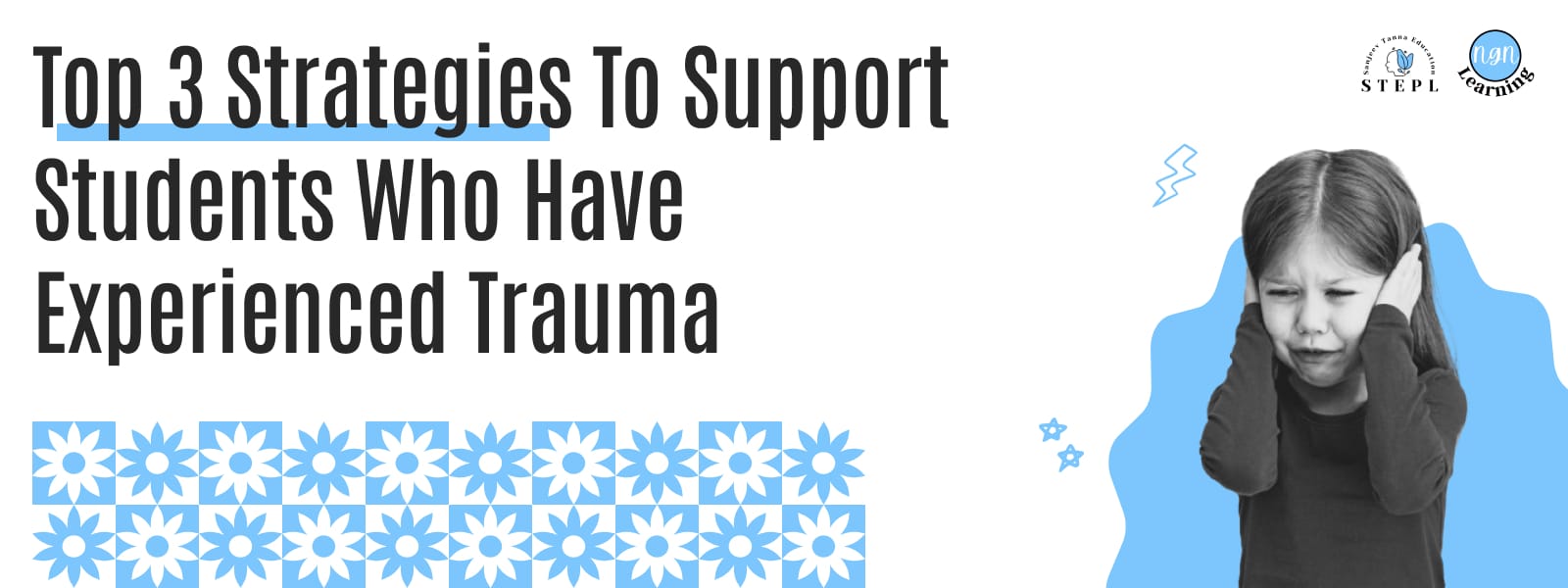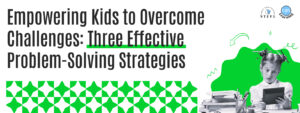Top 3 Strategies To Support Students Who Have Experienced Trauma
“Trauma is a fact of life. It does not, however, have to be a life sentence.” – Peter A. Levine, PhD
Data suggests that, on average, every classroom has at least one student affected by trauma. Trauma is an unfortunate reality for many students, and its effects can significantly impact their ability to learn and thrive in an educational environment. As educators, it is crucial to recognise the signs of trauma and implement strategies to support these students effectively.
Trauma can result from various adverse experiences, such as abuse, neglect, witnessing violence, or experiencing a significant loss. These events can leave lasting scars on a child’s emotional and psychological well-being. Trauma often manifests in several ways, including:
- Emotional symptoms: Anxiety, depression, mood swings, and difficulty regulating emotions.
- Behavioural symptoms: Aggression, withdrawal, difficulties in concentrating, and hypervigilance.
- Physical symptoms: Headaches, stomachaches, and other stress-related ailments.
- Cognitive symptoms: Challenges with memory, focus, and academic performance.
Recognising the signs of trauma is the first step in providing appropriate support. Common indicators include:
- Frequent absences or tardiness: Students may avoid school due to anxiety or fear.
- Changes in academic performance: Sudden drops in grades or difficulty completing assignments.
- Behavioural changes: Increased irritability, defiance, or withdrawal from peers and activities.
- Physical complaints: Regular headaches, stomachaches, or other unexplained physical issues.
- Emotional distress: Crying, sadness, or expressions of hopelessness.
Trauma can significantly impact a student’s ability to learn. It can interfere with their capacity to process information, retain memories, and concentrate on tasks. Additionally, trauma can affect a student’s relationships with peers and teachers, making it harder for them to feel safe and supported in the school environment.
To support students who have experienced trauma, educators can implement the following strategies:
1. Create a Safe and Predictable Environment
-
- Establish consistent routines and clear expectations to provide a sense of stability.
- Foster a classroom atmosphere where students feel safe, respected, and valued.
- Implement trauma-informed practices, such as providing calm-down spaces and using de-escalation techniques.
- Brain breaks and positive priming techniques are highly effective for enhancing student learning and well-being.
- To maximize benefits, teachers should help students reflect on the energy they need.
- Escalating brain breaks, such as clapping games, thumb wars, laughter yoga, and racing around the desk, build positive energy and joy.
- De-escalating brain breaks, like silently tracing movements, triangle breathing, playing soothing music or repeating mantras, and gentle body movements, promote calmness and focus.
- Positive primers can be used throughout the day to boost positive emotions. When students first enter the classroom, greet them with a handshake or high five.
- During transitions, turn routines into silent games like “Follow the leader.”
- During independent work breaks, encourage students to savour and share their accomplishments with a peer.
2. Build Strong, Trusting Relationships
-
- Take time to connect with students on a personal level and show genuine care and concern.
- Use active listening and empathy to validate their feelings and experiences.
- Encourage positive peer interactions and group activities to build a supportive community.
3. Build Resilience in Students
-
- Encourage a Growth Mindset. Teach students that challenges are growth opportunities. Praise effort rather than innate ability.
- Build a supportive classroom community where students feel connected to their peers and teachers.
- Equip students with tools to manage stress and adversity, such as mindfulness, problem-solving, and emotional regulation techniques.
By understanding the impact of trauma and implementing these supportive strategies, educators can make a profound difference in the lives of students who have experienced traumatic events. Creating a nurturing and responsive educational environment helps these students heal, build resilience, and achieve their full potential.
If these strategies don’t seem to be helping, it might be time to offer counseling services and connect students with mental health professionals when needed.











